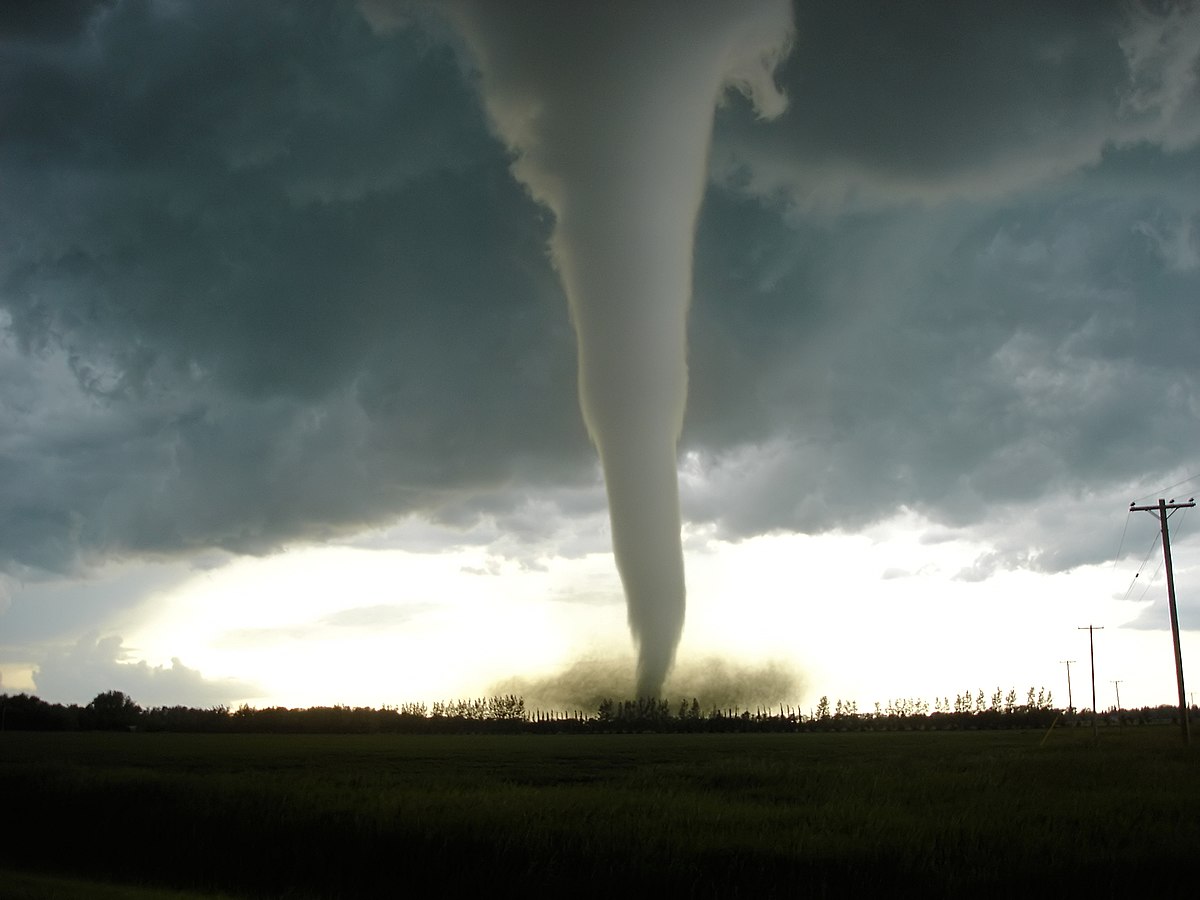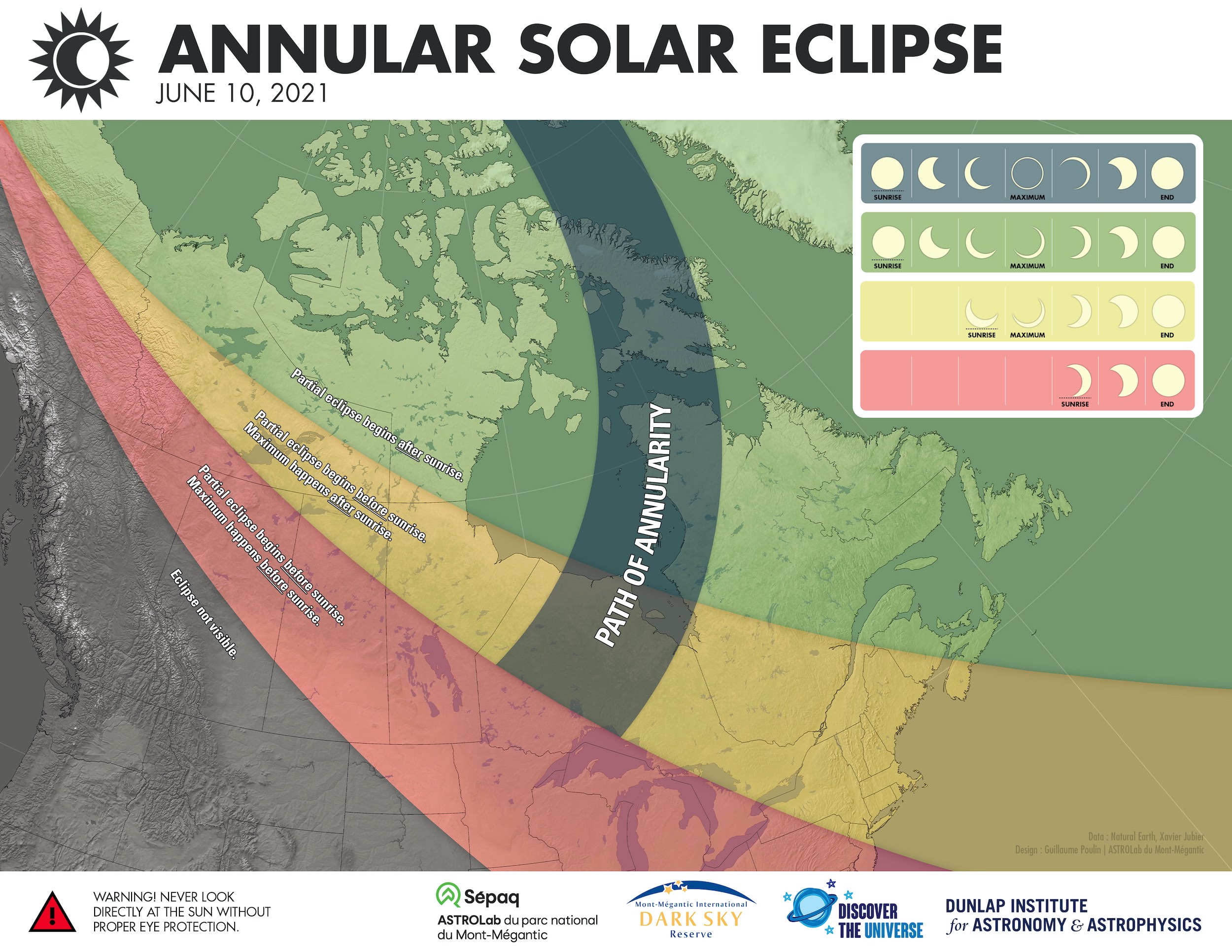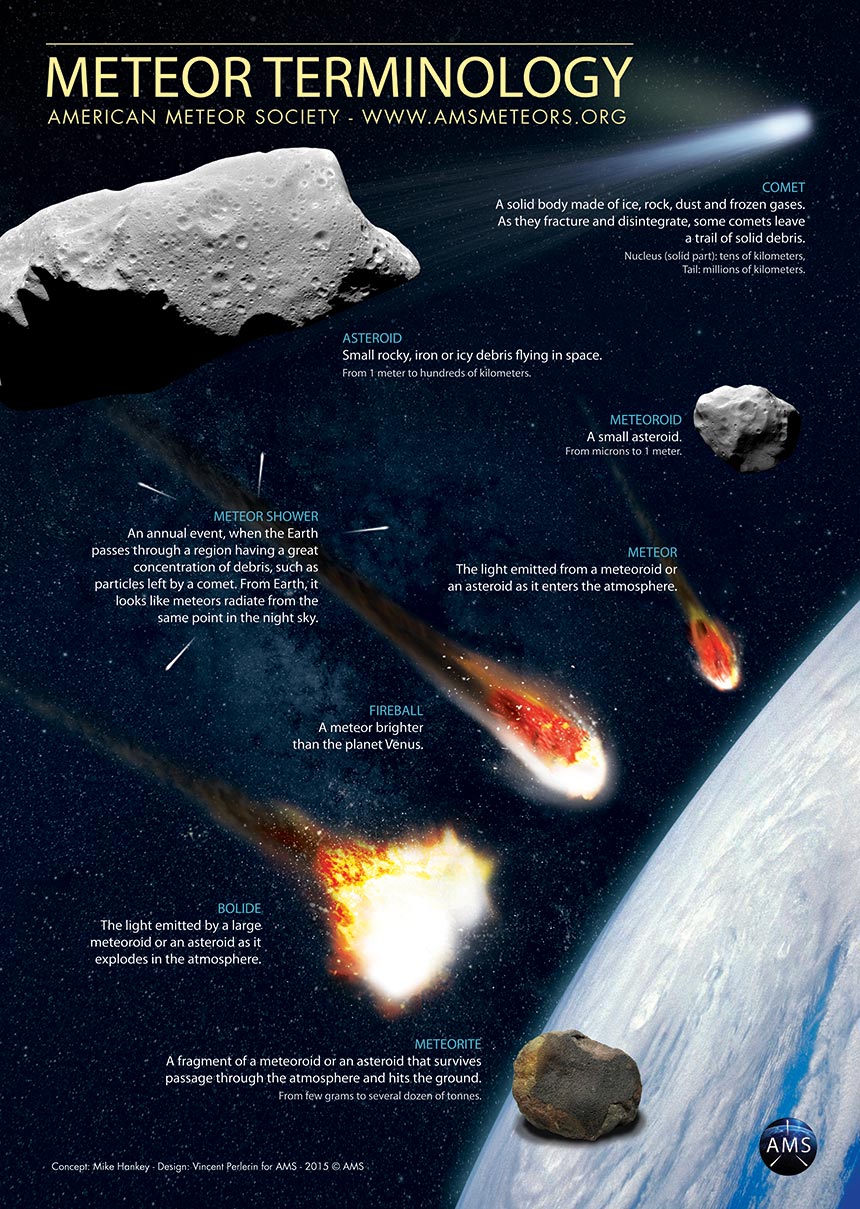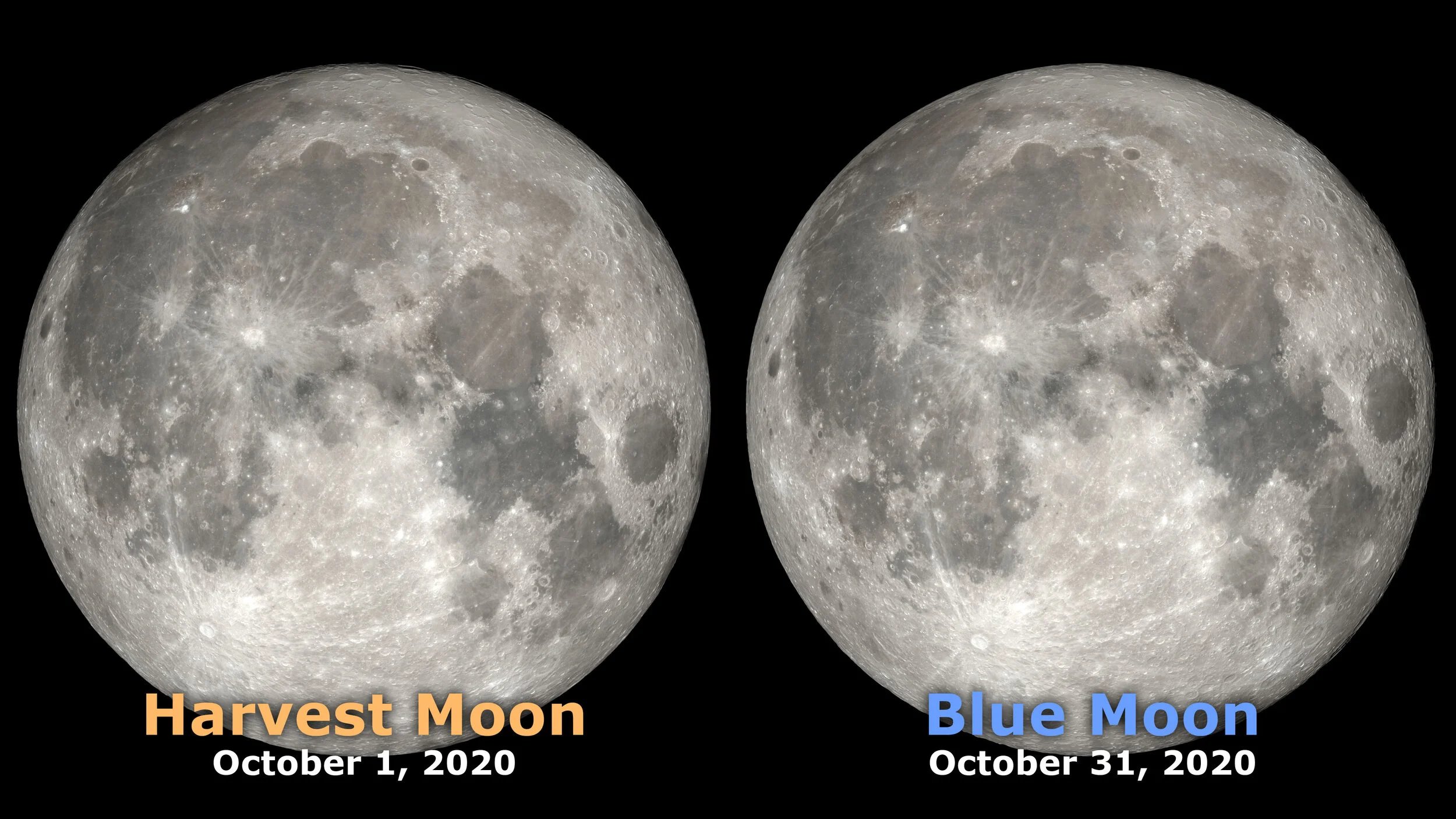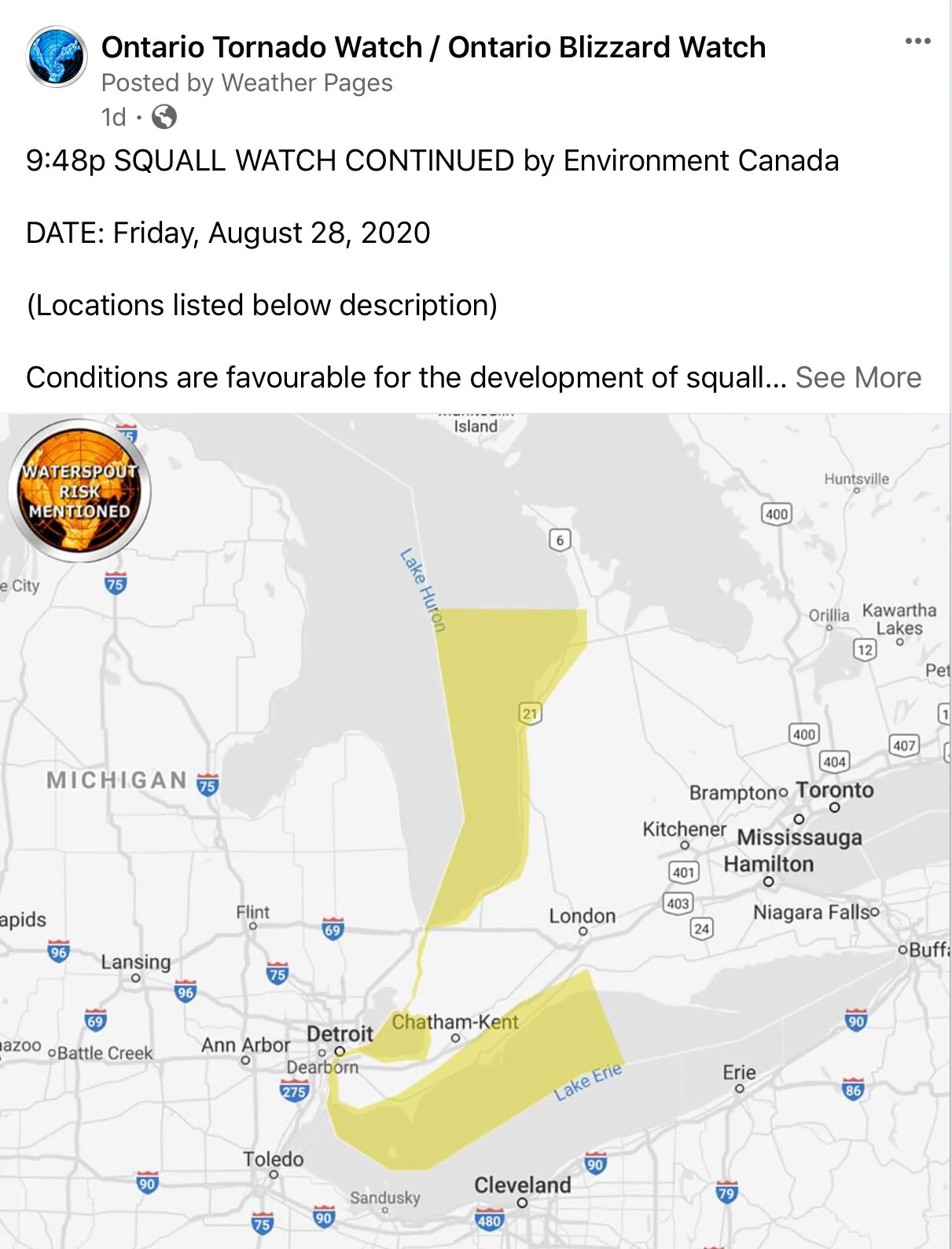Fireball Lights Up the Sky (October 20 2021)
/Credit ChRIS Johnson (Screen capture of video)
Did you see a fireball on October 20 2021 at approximately 12:43am? Perhaps you unknowingly captured it on a security camera.
It was seen by community members and Bonnie W. L. reported in our Ontario Storm Reports group. Kirk P. also was lucky enough to capture it on video and shared it in the group as well.
About 81 reports (to date) of this bright fireball have been submitted to American Meteor Society from observers mostly in US and Ontario. Below is the current map of the observers from the American Meteor Society event page. The path of the fireball is indicated by the blue arrow.
This video was taken by Chris Johnson in Fort Gratiot Township, US close to Sarnia, Ontario.
Here is another video from MK on YouTube.
In this case this was not a fireball of natural origins but rather a failed Russian Spy satellite. It was impressive sight nonetheless. It was very bright and fragmented upon entry.
This event was predicted and no debris was expected to reach the ground.
NASA Meteor Watch also posted about the event. See space.com’s article for more information as well.
You can report fireball observations (and also send in videos if you have them) to the American Meteor Society (AMS) or it’s partner the International Meteor Organization (IMO). The reports not only alert them to potentially scientifically significant events, they also add to the database of knowledge about meteors. In this case the observations were able to determine that the fireball was not of natural origins.






